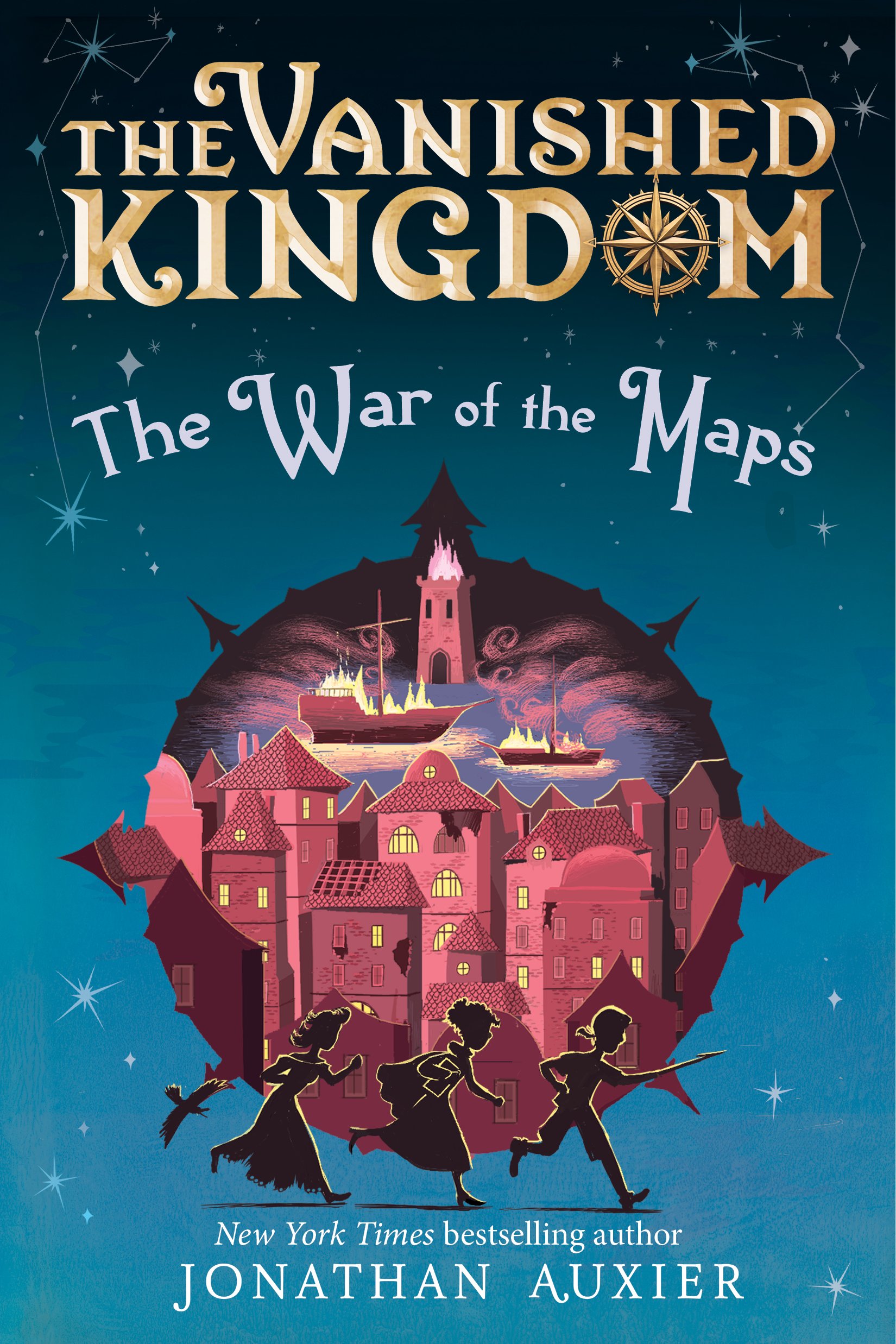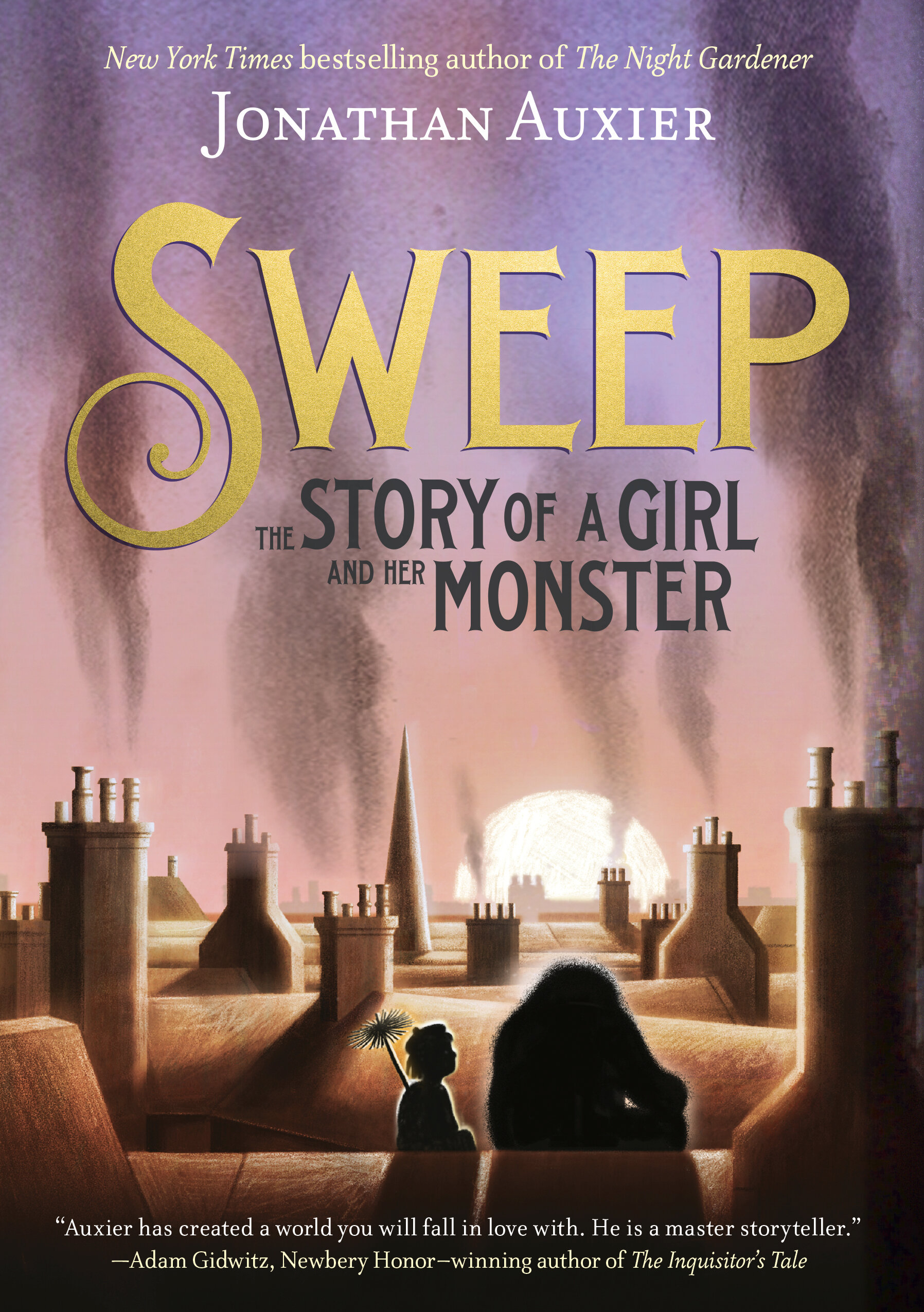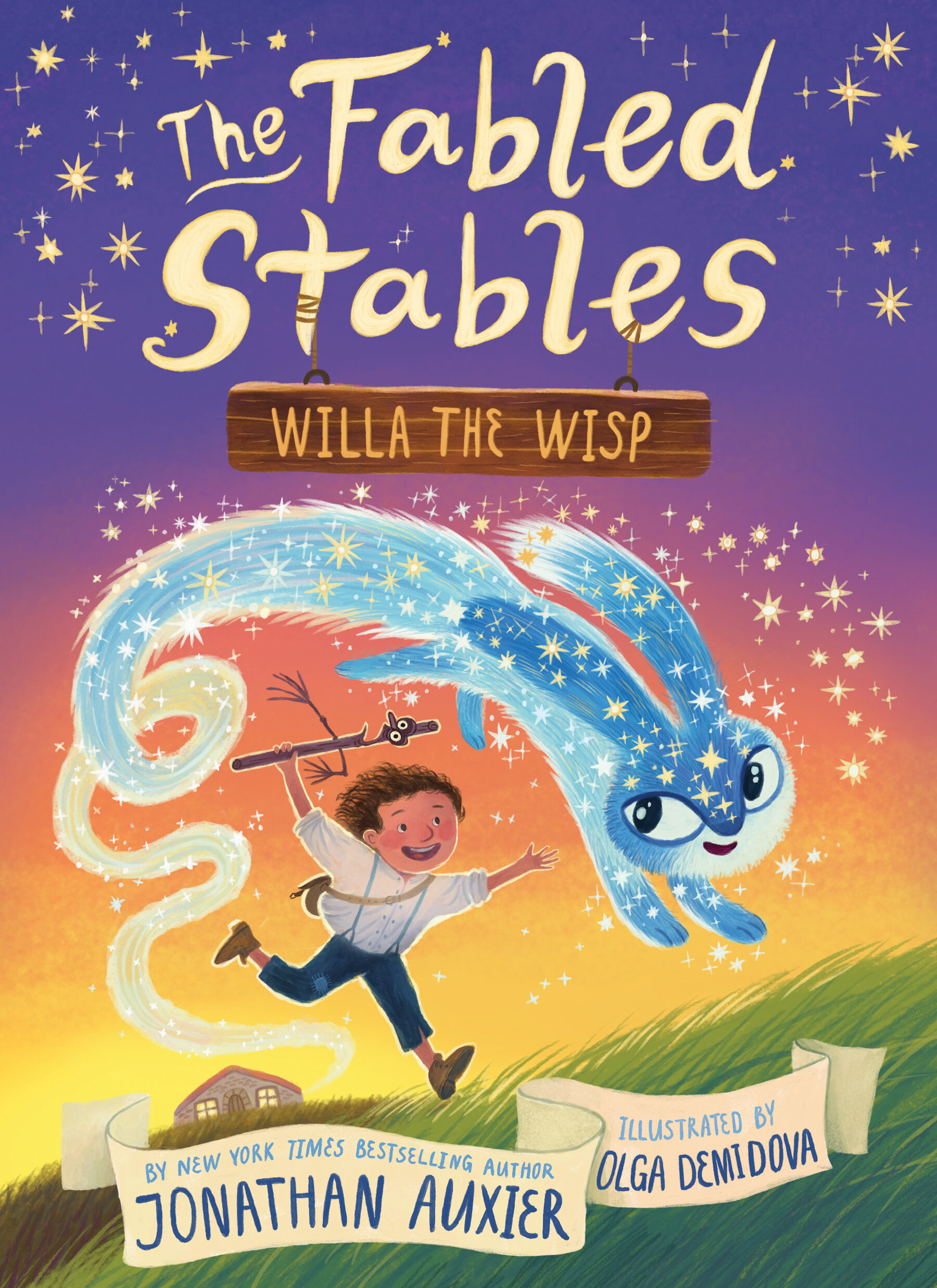Hasta La Vista, Hardy Boys!
/ Today is the third day of Share a Story – Shape a Future 2011, an internet superfest designed to promote literacy. Each day this week bloggers all over the world will write on a specific topic -- today's topic is “Unwrapping Literacy 2.0.” Now I've already written a bit about the pros and cons of e-books from a publishing angle, so today I thought I'd discuss things from a young reader perspective. But first, a little background on reading development ...
Today is the third day of Share a Story – Shape a Future 2011, an internet superfest designed to promote literacy. Each day this week bloggers all over the world will write on a specific topic -- today's topic is “Unwrapping Literacy 2.0.” Now I've already written a bit about the pros and cons of e-books from a publishing angle, so today I thought I'd discuss things from a young reader perspective. But first, a little background on reading development ...
When I finished grad school, I took a job as a reading teacher for a company called the Institute of Reading Development. Our curricula were modeled after Dr. Jeanne Chall's stages of reading development. Each stage is fascinating and worthy of discussion, but today I want to focus on stage two: "Confirmation & Fluency."
 This stage usually spans the 2nd and 3rd grades -- just after readers have mastered phonetics and can now read silently. During these years, their primary mission is exposure: kids simply need to see as many words as possible so that their sight vocabulary can grow to match their spoken vocabulary. If reading development were a video game, stage two would be nothing but grinding.
This stage usually spans the 2nd and 3rd grades -- just after readers have mastered phonetics and can now read silently. During these years, their primary mission is exposure: kids simply need to see as many words as possible so that their sight vocabulary can grow to match their spoken vocabulary. If reading development were a video game, stage two would be nothing but grinding.
The books children read during this phase are specifically designed to let the brain go on autopilot. They often feature simplistic characters and repetitive plots -- think of The Hardy Boys or Nancy Drew. These are sprawling series books that could be read in any order because, ultimately, nothing ever happens in them.[1. To hear me dump on more of your childhood, click here.] And that's okay; such books provide an essential service to young readers: they deliver a massive amount of unchallenging yet engaging content that equips readers to move on.
These kinds of books remind me of something Neil Gaiman said at ALA in January about parenting: "It's odd, because you spend all this time creating this brilliant, fascinating person ... and if you've done your job right, at the end of eighteen years they leave you."[2. My notes from ALA were particularly scribbly, so this is actually more of a reconstruction than direct quote.] Similarly, if stage two books have succeeded, then a reader need never go back to them -- and if they do decide to return, they might not like what they find.[3. Thanks to Betsy Bird for the link!]
 I think it's appropriate that so many of these series books are mysteries. Mysteries are, by and large, not much fun to read once you know whodunit. Put the two things together and you've got a perfect marriage between form and function.
I think it's appropriate that so many of these series books are mysteries. Mysteries are, by and large, not much fun to read once you know whodunit. Put the two things together and you've got a perfect marriage between form and function.
So what does all this have to do with "Unlocking Literacy 2.0?" Well, I tend to wonder whether an e-reader is a perfect device for disposable books -- especially if young readers are able to pay for a subscription service that gives them access to all the Magic Tree House (or Tom Swift or Goosebumps or Boxcar Children) they can handle without burdening them with the physical remainder.
Then again, what's the fun of reading a book if you can't put it on the shelf when you're done?
* * *
That's it for me. If you want to read more about Literacy 2.0, go visit Danielle Smith at There's a Book.







